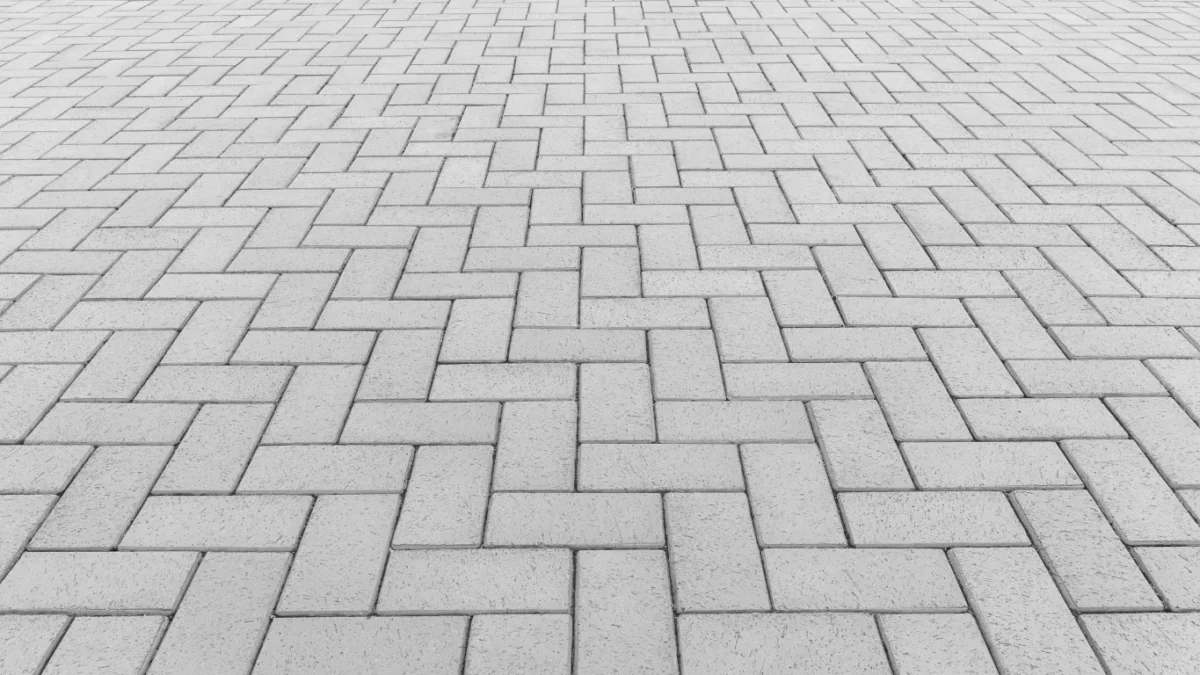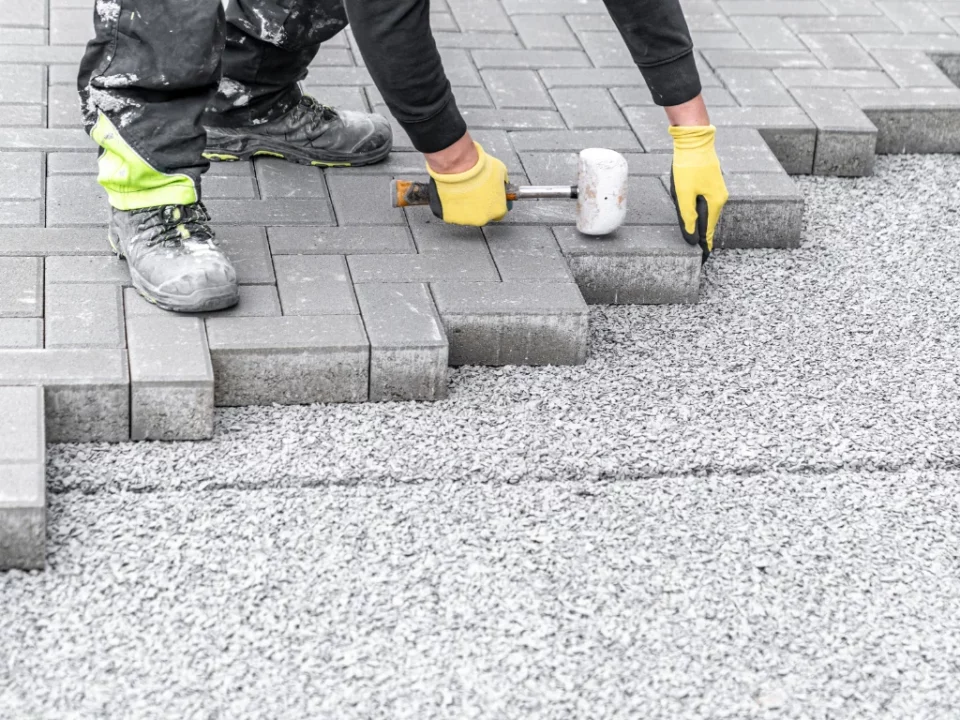Pavers are a popular choice for outdoor surfaces due to their durability, aesthetic appeal, and versatility. Whether you’re installing a new patio, walkway, or driveway, proper groundwork is key to achieving long-lasting and professional results. Understanding the essential groundwork tips for pavers installation success will ensure that your project stands the test of time and continues to look great.
Essential Groundwork Tips for Pavers Installation Success: Preparation Is Key
Before you begin laying pavers, the first step is preparing the area. Start by marking the dimensions of the project with stakes and string to ensure your layout is straight and even. This step helps establish clear boundaries and provides a guide for your installation. It’s crucial to remove any existing vegetation, rocks, or debris from the area to create a clean, level surface for the pavers to rest upon.
Once the area is clear, you’ll need to excavate the ground to a depth that accommodates the paver thickness, bedding material, and base material. The typical depth for most paver installations is between 6-8 inches, depending on the type of pavers and the expected traffic load. For areas with heavy vehicle traffic, you may need to dig even deeper to ensure proper support.
Essential Groundwork Tips for Pavers Installation Success: Focus on Proper Compaction and Drainage
One of the most crucial groundwork tips for pavers installation success is proper compaction of the base materials. Once the area is excavated, you will need to add a layer of crushed stone or gravel, known as the base material. This material provides a stable foundation for the pavers and helps with drainage. It’s important to spread the base material evenly and compact it thoroughly using a mechanical compactor. A well-compacted base will prevent settling and shifting of the pavers over time.
After the base layer is compacted, add a layer of bedding sand. This layer helps level the surface and provides a cushion for the pavers to sit on. Make sure the sand is spread evenly and does not exceed 1 inch in thickness. Use a screed board to level the sand, ensuring that the surface is flat and smooth.
Another key aspect of paver installation is ensuring proper drainage. If the surface does not slope away from structures, water can pool and damage the pavers. To achieve the right slope, aim for a 1/8-inch to 1/4-inch drop per foot, directing water away from buildings, pools, and other structures. This will help prevent water from infiltrating the pavers, which can lead to cracking or shifting.
By following these essential groundwork tips for pavers installation success, you’ll set the foundation for a durable and visually appealing outdoor surface. Proper preparation, compaction, and drainage will ensure that your pavers last for years to come while maintaining their beauty and functionality.






